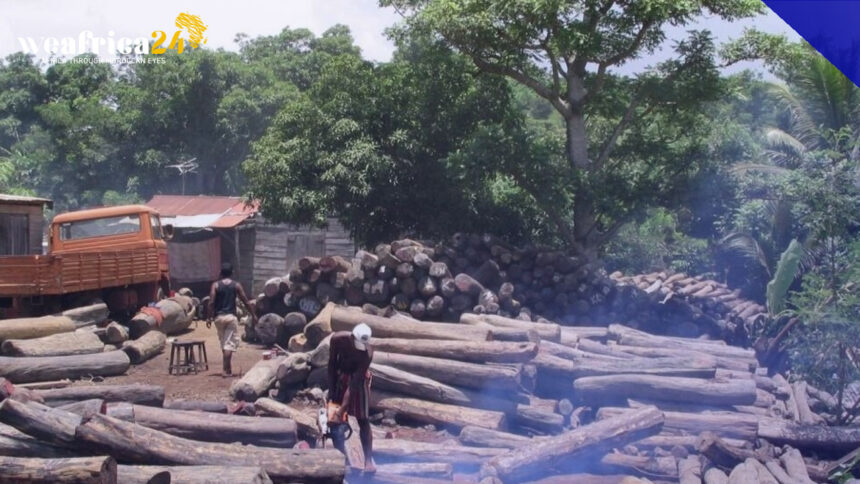Journalists wondered how to expose environmental crimes while protecting themselves, particularly on the African continent, during the “Better inform tomorrow” forum organized by CFI, a subsidiary of the France Médias Monde group.
Exposing environmental damage is dangerous ground for journalists in Central Africa, explains Christian Locka, founder of the Museba Project, a collective of independent journalists in the region. For having exposed the trafficking of rosewood in Cameroon, he almost paid with his life, “I had to meet very dangerous traffickers who were even armed, and I received threats even after the dissemination of my investigation because, after its publication, they found that I was an embarrassing element and which came to put a little disorder in their business”.
To minimize the risks for journalists, Paul Radu, founder of the media Organized Crime and Corruption Reporting Project, advocates the use of drones and other technologies such as sensors. “The drones have very good cameras, you can deploy them at a height of 500 meters or more and get a very good picture of what is happening on the ground, for example, the arrival of certain timber shipments. And, that’s how you map the activities of a certain place and with that method, you don’t put people at risk”.
According to the United Nations Office on Drugs and Crime, African rosewood fuels a $20 billion market for furniture and decorations, particularly in China.







